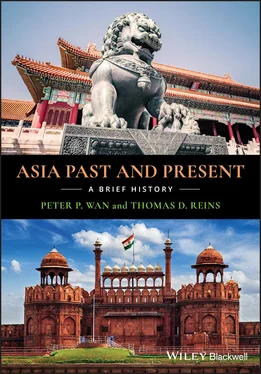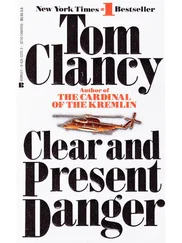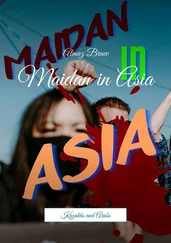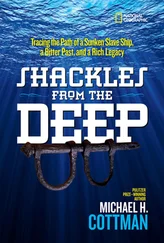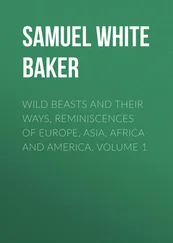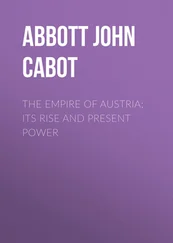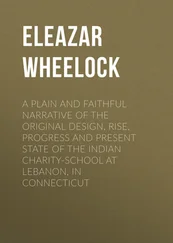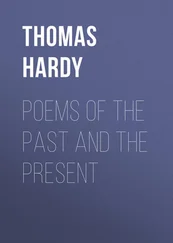Two outstanding works, one on agriculture and the other on geography, were written during the sixth century. Jia Sixie’s Vital Technologies That Benefit the Common People is a systematic summery of the Han people’s methods of growing grains, fruit trees, and forests; raising domestic animals, fowl, and fish; processing and preserving foods; and utilizing feral plants. Li Daoyuan’s On the Waterways describes over a thousand rivers in China’s network of waterways; it also reports on the towns, cities, and produce along the rivers, and the local customs, legends, and histories. It is of great literary merit as well.
The decline and fall of dynasties throughout the ages have much in common. A manageable list of contributing factors might look something like this:
1 An emperor’s personal flaws were often the biggest problem. Since his primary qualification for becoming emperor was birth and not merit, his personal traits—such as his ignorance and arrogance, his extravagant lifestyles and costly construction projects, and worst of all his unnecessary wars—would often inflict irreparable damage to the dynasty. And since there were no institutional checks and balances on his power, or only inadequate ones, his destructive behavior would generally continue until his demise.
2 The existence of multiple centers of power was always a threat to the survival of a regime. These challengers usually came from the queen’s family, powerful bureaucrats at the imperial court, frontier generals, and eunuch cliques. The increase of power of these factions would reduce the emperor to a figurehead and induce paralysis at the highest levels of power. Discordance, palace intrigues, wars, famines, peasant rebellions, and nomadic invasions would follow.
3 The polarization of wealth and poverty always intensified as dynasties aged. The rich and powerful social groups would gradually acquire tax exemption status, reducing the size of the taxable land and population, and shifting the tax burden onto the small landholders and peasants. Excessive taxation, backed by inescapable harsh repression, would increase social tensions and shake the foundations of imperial rule.
4 The peasantry would be driven to rise in armed rebellion when the burden of taxes and labor service became unbearable, or when natural disaster (such as drought, flood, and locusts) struck. Most would soon be wiped out by government forces, but not before they had shaken the foundations of the old, dysfunctional regime. Peasant rebellions never managed to create a distinctly new and sustainable regime. A few would succeed in founding a new dynasty, and such emperors would always outdo their traditional counterparts in their brazen tyranny and brutality.
5 The struggle between the agricultural Han Chinese and their nomadic non‐Han neighbors was an ongoing problem in Chinese history. When a Han Chinese regime was strong, it would expand and encroach on nomadic territories; and when the non‐Han nomads grew in strength, they would raid and invade Han Chinese territories. These struggles did damage to both parties in the long run.
Suggested Readings and Viewings
1 The Emperor and the Assassin (1998), dir. by Chen Kaige.
2 Grant Hardy and Anne Behnke Kinney, The Establishment of the Han Empire and Imperial China (Westport, CT: Greenwood Press, 2005).
3 Diana Lary, Chinese Migrations: The Movement of People, Goods, and Ideas over Four Millennia (Boulder, CO: Rowman and Littlefield, 2012).
4 Mark Edward Lewis, China between Empires: The Northern and Southern Dynasties (Cambridge: Cambridge University Press, 2008).
5 Qian Sima, Records of the First Emperor (New York: Oxford University Press, 2009).
6 Yingshi Yu, Trade and Expansion in Han China: A Study in the Structure of Sino‐Barbarian Economic Relations (Cambridge, MA: Harvard University Press, 1967).
1 1Han Feizi, the Legalist school's chief theoretician, provided that advice to prospective rulers of China, as quoted in William Theodore de Bary, comp., Sources of Chinese Tradition, vol. 1 (New York: Columbia University Press, 1960), p. 127.
4 The Golden Age of Imperial China: The Sui and Tang Dynasties, 581–960
The emperor is a ship, and the common people are the water. The water can lift the ship, and it can capsize it.
—Li Shimin
The Sui (581–618) and Tang (618–907) Dynasties repeated the earlier Qin and Han pattern of a short dynasty paving the road for a long and stable dynasty to follow. They are sometimes seen as a continuum constituting China’s Second Empire. Together, the two dynasties reigned a little over three centuries. The Tang, building on the Sui foundation, became the crowning glory of China’s imperial rule.
Timeline: Sui and Tang Dynasties, and Five Dynasties and Ten Kingdoms, 581–960
| 581–618 |
Sui Dynasty reunifies China, constructs the Grand Canal |
| 618–907 |
Tang Dynasty produces the Golden Age of Imperial China |
| 599–649 |
Li Shimin, posthumously Tang Taizong, second emperor of China; generally considered the best emperor in Chinese history |
| Early Tang China |
Great Book of Tang Law , a comprehensive collection of Tang laws that influences the future legal systems of China and nearby Confucian countries |
| 602–664 |
Buddhist monk Xuan Zang visits India and brings back Buddhist scriptures and information about the region |
| 624–705 |
Wu Zetian (Wu Zhao) becomes the one and only Chinese empress |
| 755–763 |
Non‐Han General An Lushan leads rebellion that signals the end of the Tang Golden Age |
| 8th–9th centuries |
Golden Age of Classical Chinese Poetry, exemplified in the works of Li Bai (701–762), Du Fu (712–770), and Bai Juyi |
| 878–884 |
Huang Chao Peasant Rebellion, indicating the impending fall of the Tang |
| 907–960 |
Disorder: Five Dynasties and Ten Kingdoms |
The Sui Dynasty (581–618): Reunification
Emperor Sui Wendi (Yang Jian, 541–604) founded the Sui Dynasty, and he has the distinction of being the principal unifier of China after four centuries of disunity. He was able to achieve this daunting task because the divide between the Han and non‐Han racial and ethnic groups were blurred after four centuries of mixing and remixing in the “melting pot.” The core population he reigned over was the emerging Han Chinese of today. His multicultural personal background was also of tremendous help to him in dealing with the multicultural reality of his empire. He was Han Chinese by birth, but he once served as a high official in the non‐Han Xianbei court, took a Xianbei name, and married the daughter of a Xianbei aristocratic family for his queen. He resumed his Han Chinese name after he became emperor, and required all Han Chinese to do the same.
He adopted an eclectic state ideology to match the complex situation he faced. He used Confucianism to extol the power of the emperor and strengthen the cohesion of the population; used Legalism to uphold the law and impose harsh penalties on both government officials and commoners who broke it; and promoted Buddhism, which was already deeply rooted in both the North and the South. He introduced reforms to create a highly efficient centralized government bureaucracy, realigning it more closely with the Qin–Han model of imperial rule.
His son emperor Sui Yangdi (Yang Guang, 569–618) was the second and last emperor of the Sui Dynasty. He was a man of great talent and ability, but his own arrogance, vanity, and recklessness combined to undermine his rule. In addition, his Sui government faced a major economic challenge—a challenge, however, that resulted in the creation of one of China’s greatest accomplishments. The country’s economic center had been shifting from the Yellow River to the Lower Yangtze River during the preceding Period of Disunity. This created a disconnect between demand and supply: The emperor needed an unending supply of taxes, food, and manpower in the North, where he had his national government and major garrisons, but the sources of most of those supplies resided in central and southern China. Founding emperor Sui Wendi launched the colossal project of building the Grand Canal to connect the north and the south, and his son Sui Yangdi completed it. Eventually, the Grand Canal would be extended to link China’s two major river systems (the Yellow and Yangtze Rivers) and China’s four major cities (Luoyang, Yangzhou, Hangzhou, and Dadu/modern Beijing).
Читать дальше
